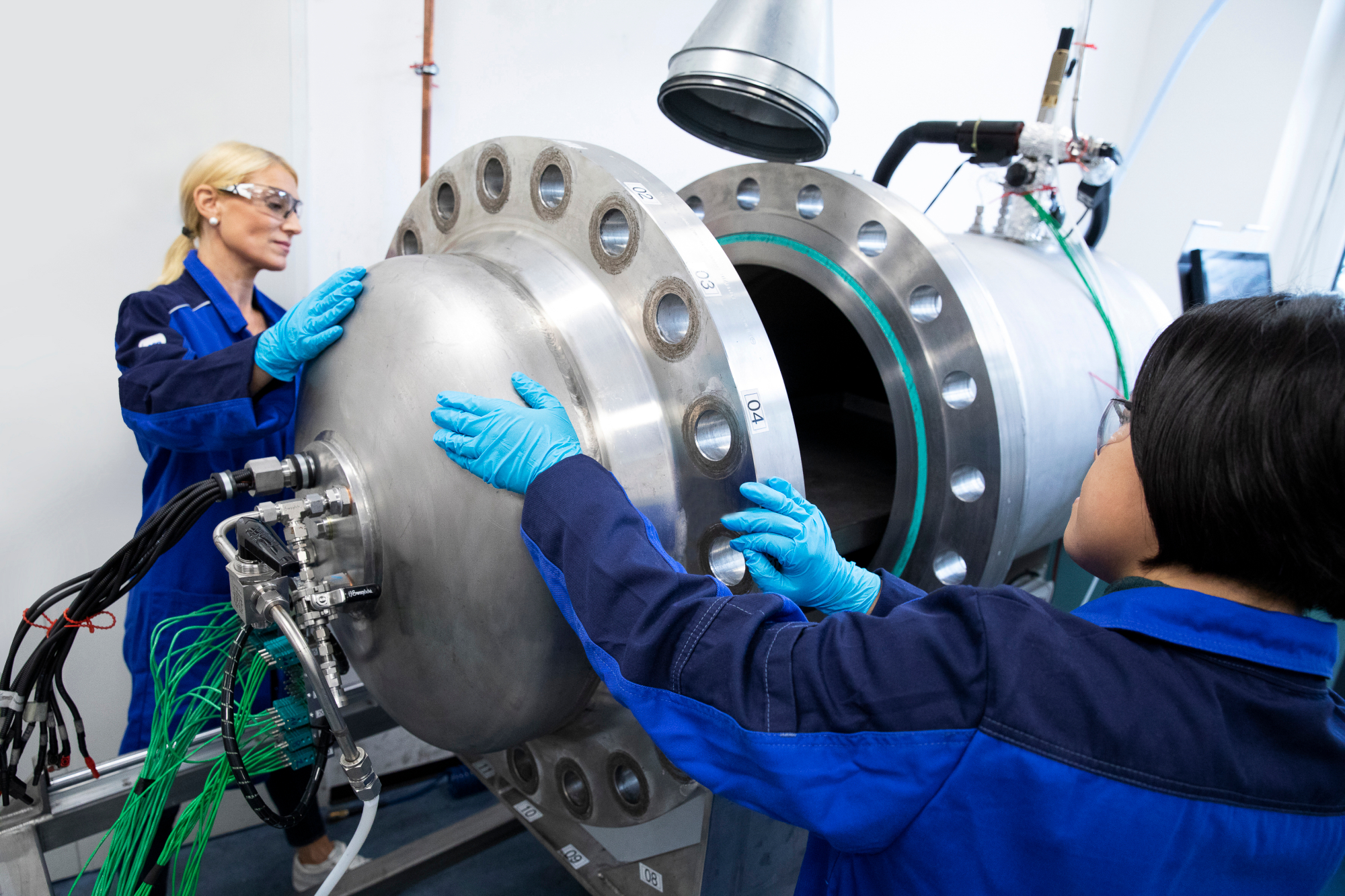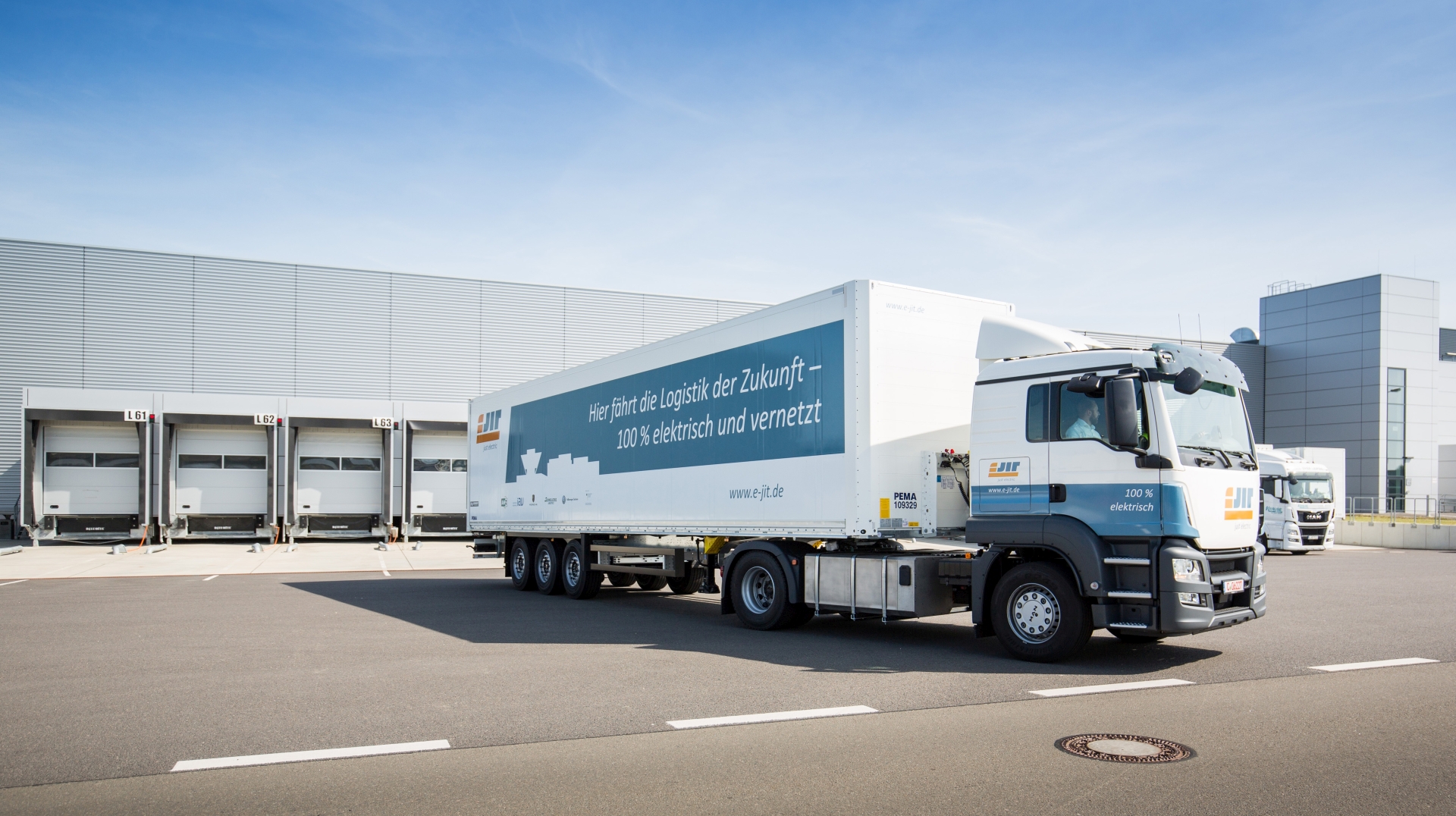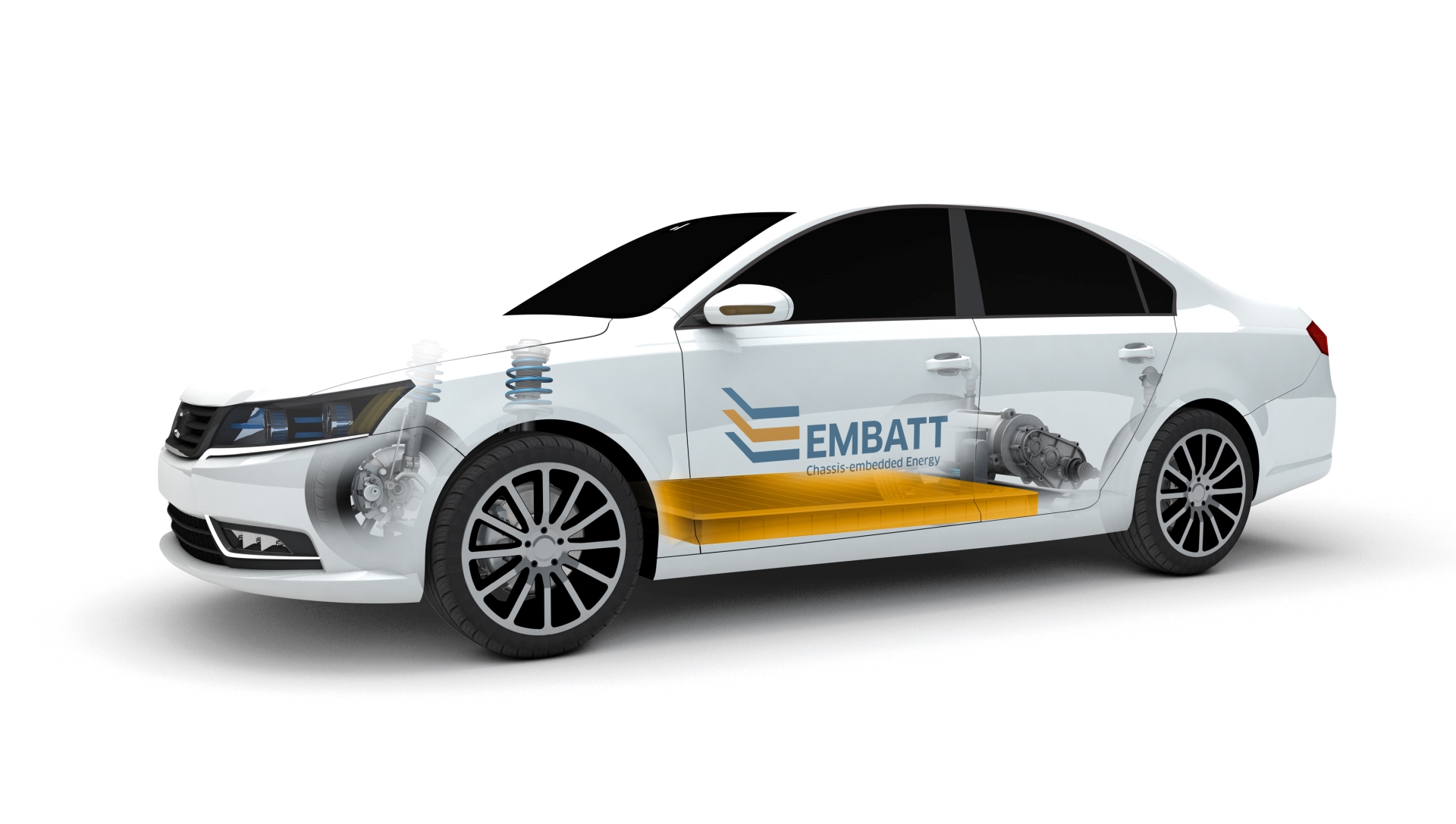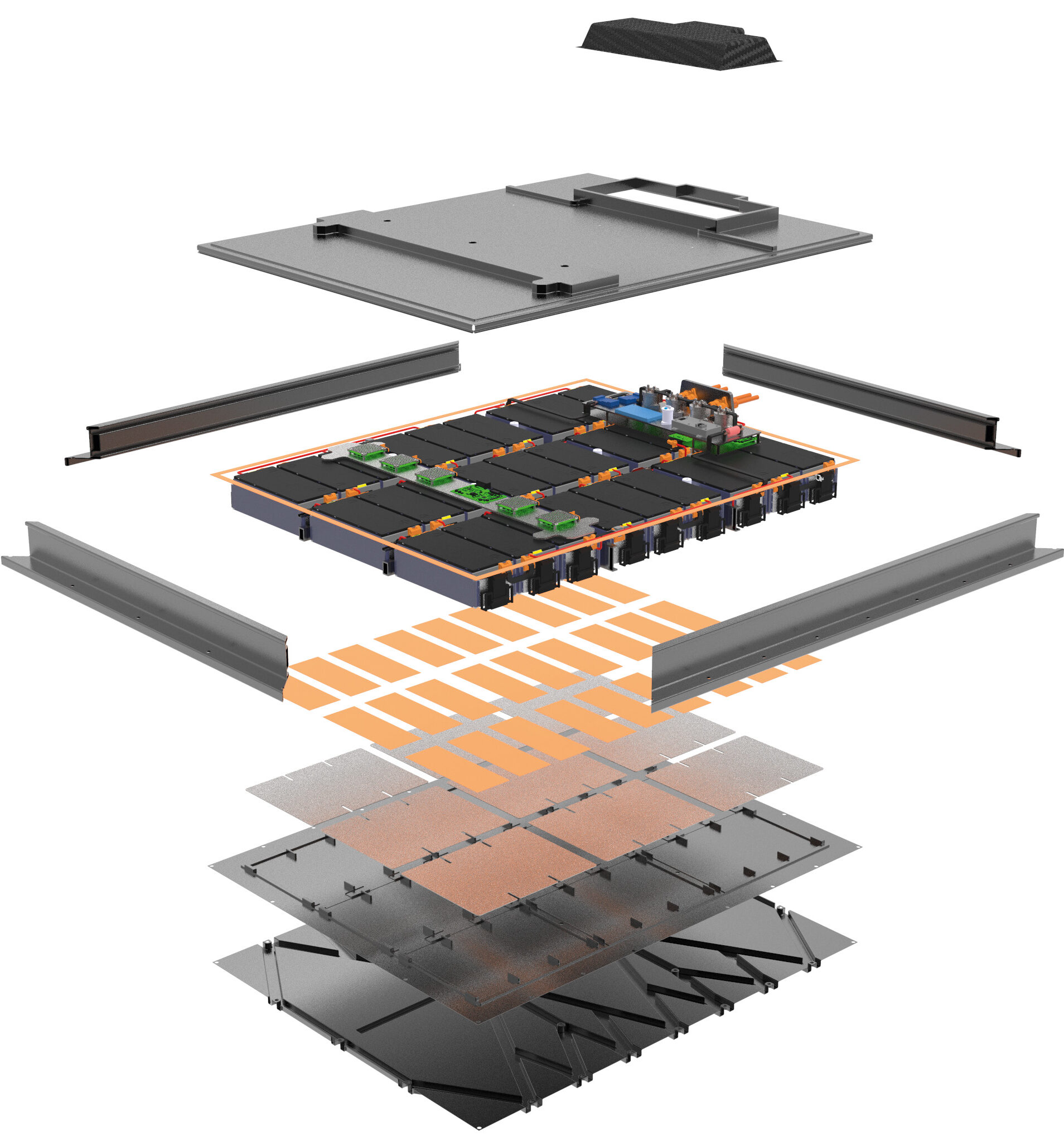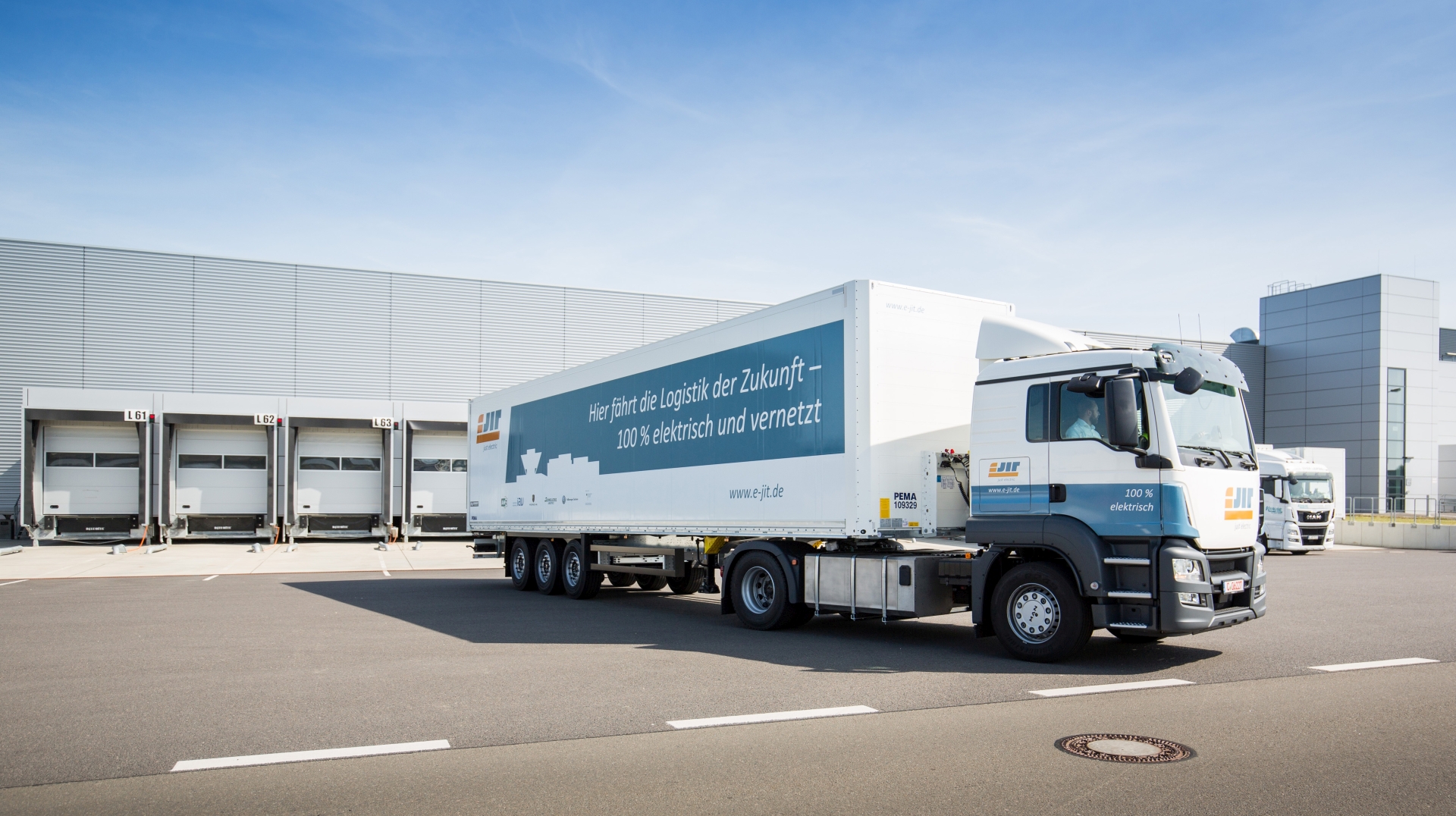#IAV40
On track to the perfect battery
They should be smaller and lighter, quick to charge, long-lasting and recyclable – these are many of the requirements for batteries that are becoming increasingly important as the number of electric cars rises. IAV has been researching high-voltage batteries for 30 years and intends to continue contributing to further improvements in this technology in the future.
“Our goal is to be able to develop and evaluate the battery holistically,” says Jochen Schaeffner, Co-Department Head of Battery Systems Development at IAV. “From hardware and cell chemistry to design methods, battery management systems and function development, we are aiming to achieve this and are also already actively involved in projects with overall responsibility.”
Together with Fraunhofer IKTS and Thyssenkrupp System Engineering, IAV has developed the innovative “EMBATT” design principle as part of research projects that ran until 2022, which enables large-area and planar bipolar batteries to be integrated directly into the chassis of an electric car. Using modern active materials, the novel technology ensures higher storage capacity and longer vehicle range.
It all started with a lead-gel battery in 1993
The starting point for the development of high-voltage batteries at IAV was a lead-gel battery that was built as a prototype in 1993, recalls Karsten Müller, Head of Electrification System Integration and at IAV since 2008. The company has been working with the lithium-ion batteries relevant to EMBATT technology since 2005 – and first brought their predecessors, so-called nickel-metal hydride batteries, into production vehicles in 2011, says Müller.
Since then, IAV has expanded this expertise in battery development step by step and today uses state-of-the-art development methods, such as “digital twins” in the Berlin cell research and materials laboratory, also to optimize cell chemistry and material pairings.
“We have now firmly established electrochemical simulation in the laboratory and also use it effectively with customers,” says Schaeffner.
Leadership role in the overall development
Further milestones were the commissioning of the first test rigs for HV batteries at the Stollberg site in 2011; in 2017, the construction of two electrified 40-ton tractor units equipped with driver assistance systems as part of the “eJIT” research project; and in 2021 and 2022, the concepts for a battery in environmentally friendly “eco-design” with savings effects in terms of costs and CO2, as well as a design specifically focused on “second life”.
With its sights set on the future, IAV is confident enough to strive for a leading position in the competition for the overall development of the battery. At the same time, the company is aware of the major tasks involved.
“On the one hand, the challenge is that with e-mobility, mass production has to be ramped up in an incredibly short time,” says Schaeffner. “And from a technological point of view, the costs are an issue – development has to get cheaper. And on top of that, consider durability, chargeability and sustainability of the battery.”
